|
by Juanita Canzoneri So much work has been completed by so many people in what seems like only a few days. The painting is complete, the wall panels are completed and installed, the trim is up and the new carpet is installed. The windows in the front of the store have been treated with a UV and heat-resistant film to help preserve the artwork displayed by them. On Feb. 29 we moved all the furniture out of the store, much of it into a rented U-Haul truck. The carpet installers came in the next day. They even rolled the carpet out in the street to allow them to make some of the longer cuts. At one point we had to stop traffic so no one drove over it. On March 2 most of the detail work was completed. On the 3rd all the fixtures were cleaned and reassembled and set in their new locations. Members brought their work back in to restock the store on March 4 and 5 and we opened for business again on March 6. There’s still a little more work to do. We need to complete the new gallery space and clean the storage spaces that were used to house items during the renovation. But the only deadline ahead is the hanging of the next gallery show, which will happen on March 16. And the gallery is now in its own private space so that work can continue without much interruption to regular business. I can say, though, that our Marketing Manager (that’s me) will be glad to get her office space back again. That space is part of the gallery space work yet to be done.
0 Comments
by Juanita Canzoneri
By Juanita Canzoneri and Amanda Shotts Photos by Juanita Canzoneri Our old gallery walls had years of nail holes in them. One of our members suggested creating new panels during our store renovation that would be "self-healing" and we looked at how another local gallery space displayed their wall art. After researching how to make these gallery wall panels and finding nothing, we decided to share our process. We'll put up another blog post about our installation process.
by Juanita Canzoneri
Change happens slowly in many businesses. But sometimes it seems to happen even slower in a co-op where all members need to be informed of the available options, discuss them, weigh the costs involved (both monetary and otherwise), discuss again, and then vote on the proposed changes. Then everything needs to be considered again as the work begins and continues. So, here at Commonwheel we find ourselves at the apex of one of the largest projects we have ever undertaken. We are in the beginning stages of our first ever full-store remodel. But let me take you back through the process it took to get us here. We moved into our current location at 102 Cañon Ave. in Manitou Springs 30-38 years ago. Since then we have had wall panels put up to allow our wall artists to safely hang their work. We’ve also replaced the carpeting a couple times, painted, and have made some other minor improvements over the years. But in the summer of 2013 we were affected by the floods that hit Manitou Springs. We lost our offices, e-commerce area, shipping area, meetings space, and some storage space. The store was closed during the cleanup of one flood and then closed again due to some minor structural damage. We came together, as did the entire community, and got things back up and running again. Then we started applying for disaster relief grants. And we got a few. This was great, until we had to decide exactly how to spend the disaster relief money. Some of it was easy. We needed to replace lost office equipment and shipping supplies. We needed to repay artists for artwork lost in the flood. We took suggestions from the members on what they thought needed to be done in the store. And then we prioritized those suggestions and formed a committee to begin researching how to proceed with these plans. Most of the suggestions dealt with upgrading our sales floor. New carpeting and switching out the halogen light bulbs with LED were obvious. Other ideas like busting through a couple walls or replacing the sales fixtures proved to be too complicated or too costly. Any work that would need to close the store should happen during our slowest season of the year—February. In the meantime, there were carpet samples to vote on, fabric and paint colors to consider. The floor plan was rethought (that in itself is a whole other blog post). Now it is February, we have organized the process and the volunteer work, and the work has begun. One of the first parts of this project is the removal of some built out wall sections. This proved to be a history lesson. We knew there was plaster and lathe behind it, but until we got into the process we didn’t know it had been screwed in from the back side of the wall. All of the artwork has gone home with their respective creators. Nail holes have been filled, cracks are being patched, trim is being masked. We’re also assembling fabric covered wall panels that will go up soon. Painting and repair work will begin soon. So I think we’ll stop here and leave this as: To Be Continued.  by Juanita Canzoneri Commonwheel Member since 2004 and Marketing Manager The back part of the Commonwheel Artists Co-op building sits directly over Fountain Creek. From my office area in the Creekside Gallery I get the opportunity to engage with customers about our noisy neighbor. Manitou Springs is within the Fountain Creek Watershed. This watershed encompasses approximately 928 square miles with a perimeter of 160 miles. The headwaters of Fountain Creek begin near Woodland Park on the eastern face of Pikes Peak and join with Monument Creek near downtown Colorado Springs. Monument Creek (and Fountain Creek along with it) ultimately ends up in the Arkansas River near Pueblo, Colorado. The creek is fed by snow melt, runoff from natural springs, and rain water. Ruxton Creek (which runs along Ruxton Ave.) feeds into Fountain Creek at Soda Springs Park in Manitou Springs. In 2013, one year after the Waldo Canyon Fire, Fountain Creek overflowed its banks on 2 occasions and flooded, among other places, the basement of Commonwheel Artists Co-op. In August 2013 water and debris entered our basement through an adjoining property. The water level came to within 6 inches of the basement ceiling. The flood occurred on a Friday afternoon/evening. Several of us headed over to the shop on Saturday morning to see what we could do. We could see the high water mark in the stairwell to the basement and a neighbor had sent us photographs she’d taken through the broken basement window. Inside was a jumble of debris, mud, and what had been the contents of our basement. The removal work started within a couple days and lasted for weeks. That Saturday is still a bit of a blur to me, except for 2 points. As I was walking to the store in my steel-toed boots I passed a family of 4 with bright white tennis shoes on. They were visiting from out of town and hadn’t heard about the flood. We were about a block from the mud zone at that point. Then as I was getting in my car to go back home I noticed a guy on a Vespa driving past me. He had a shovel with him standing straight upright. He obviously came into Manitou to volunteer in the clean-up efforts like so many other people. The sheer numbers of people who came out to help clean was staggering. So much so that the Manitou Art Center (then the BAC) stepped forward to act as a clearinghouse for volunteers and supplies. Again in September 2013 another flood left several inches of water in the basement but the high creek waters damaged some of the support struts under the back part of the building, forcing full and partial shop closure for the better part of 2 months. Tens of millions of dollars in flood mitigation has been undertaken since 2013 by various organizations—CDOT, Manitou Springs, forest districts, and CUSP. To date these efforts have proven effective in keeping the worst of the debris out of Fountain Creek, or at least out of Manitou Springs. Photos of the aftermath and cleanup from the August 2013 floodPhotos of Fountain Creek during the September 2013 flood |
Juanita Canzoneri
|



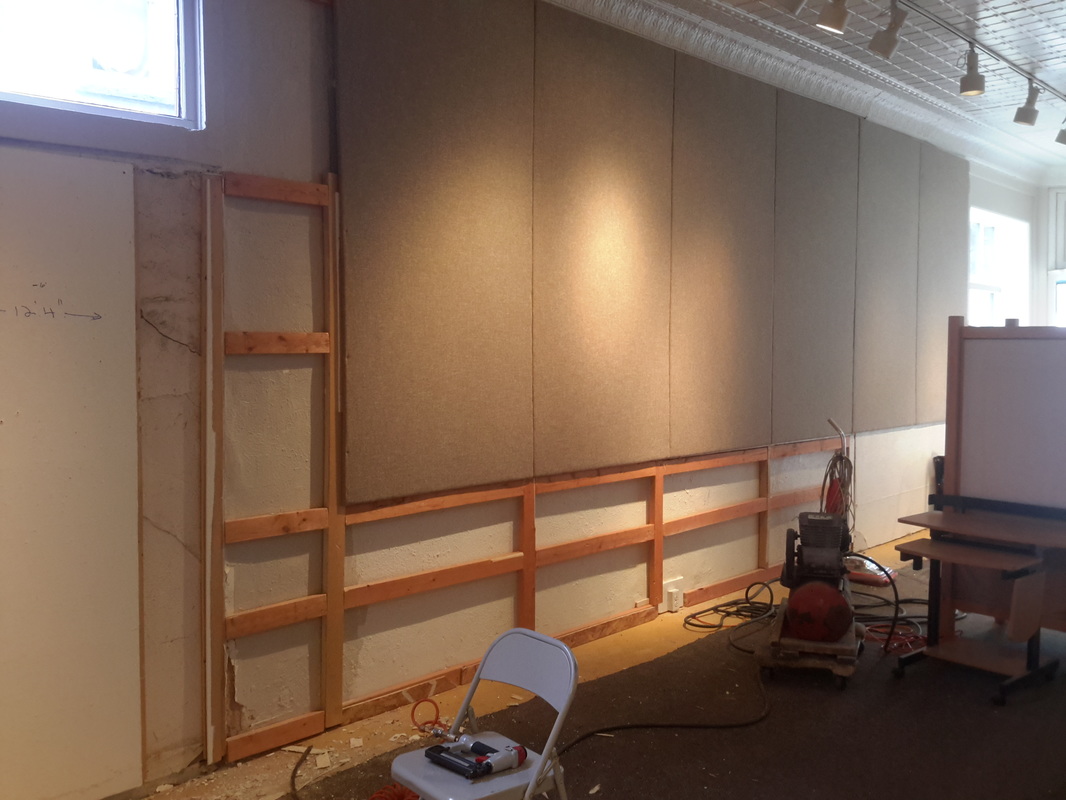



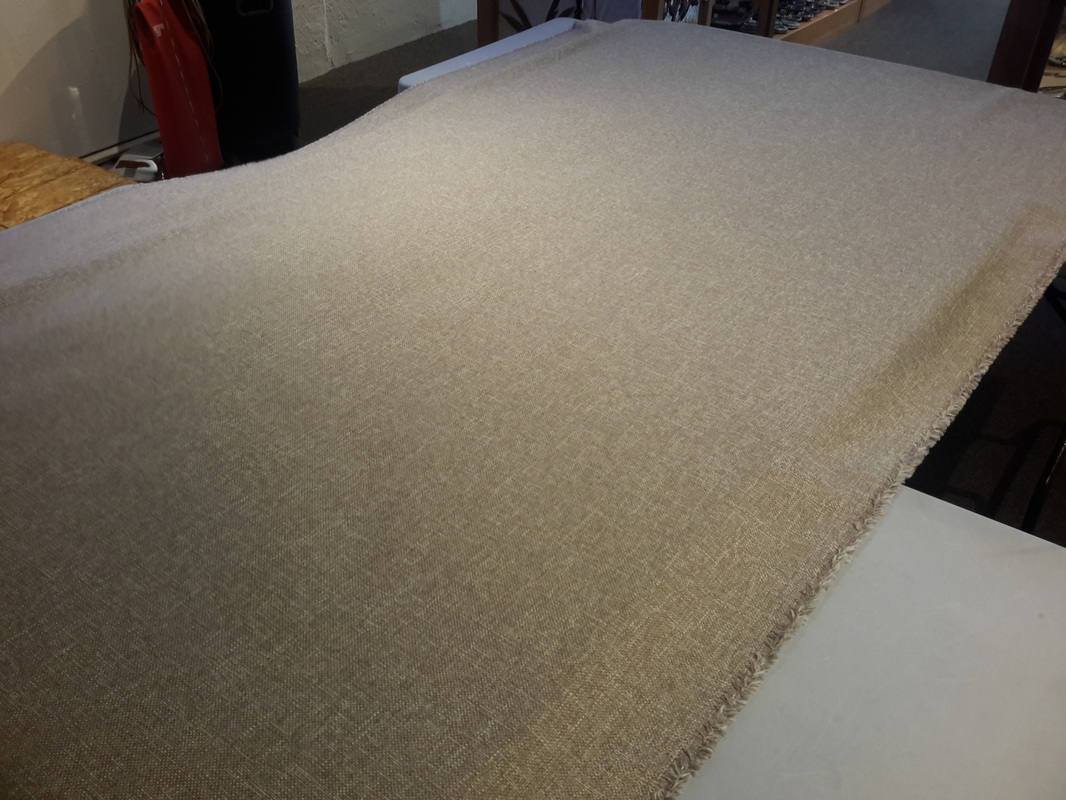








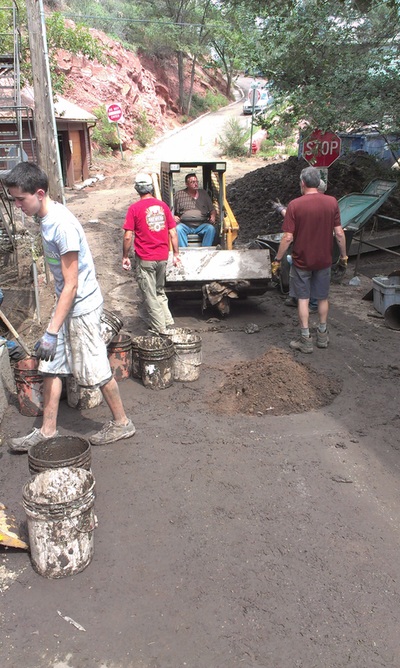

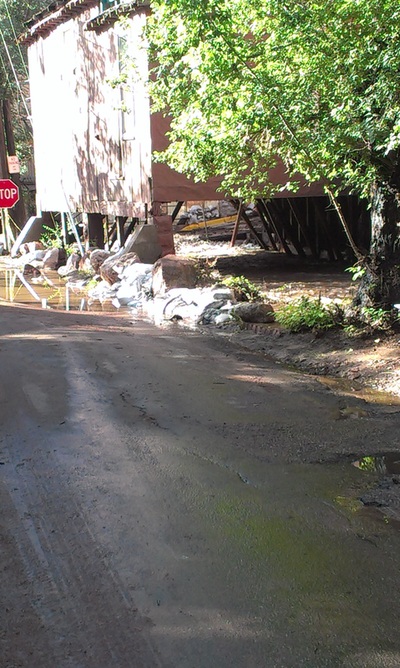
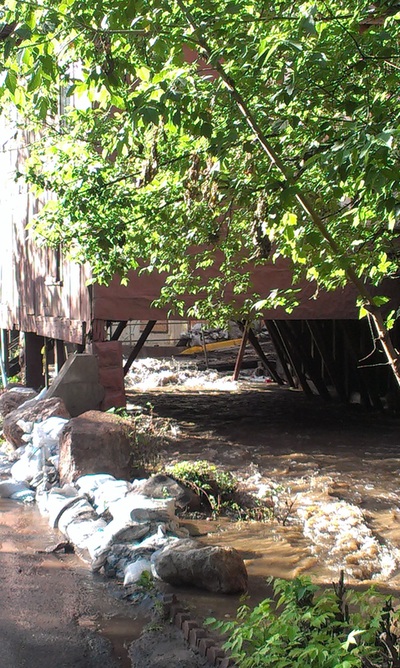
 RSS Feed
RSS Feed